Translation and Localisation Services
Communicate effectively across different markets, cultures, and contexts and ‘go global’ with custom translation and localisation services.
Translation and Localisation Services for Your Content
Ads Translation
Blog Translation
E-Commerce Translation
Email Marketing Translation
Social Media Translation
Software Translation
Survey Translation
Website Translation
Expand Your Brand's Reach
With a Translation Partner by Your Side
Areas of Expertise
We help businesses in a wide range of industries gain insights from their audio or video content,
maximise their content strategies, and save time. We do this by collaborating with professional transcriptionists
and SMEs that can assure industry-specific vocabulary and accuracy.





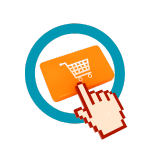


Our Languages
With a global team of over 1,000 experts worldwide, we offer reliable linguistic solutions in more than 30 languages, including:
- Danish
- Dutch
- English
- Estonian
- Finnish
- French
- German
- Hungarian
- Italian
- Latvian
- Lithuanian
- Norwegian
- Portuguese
- Polish
- Romanian
- Spanish
- Swedish
- And many more
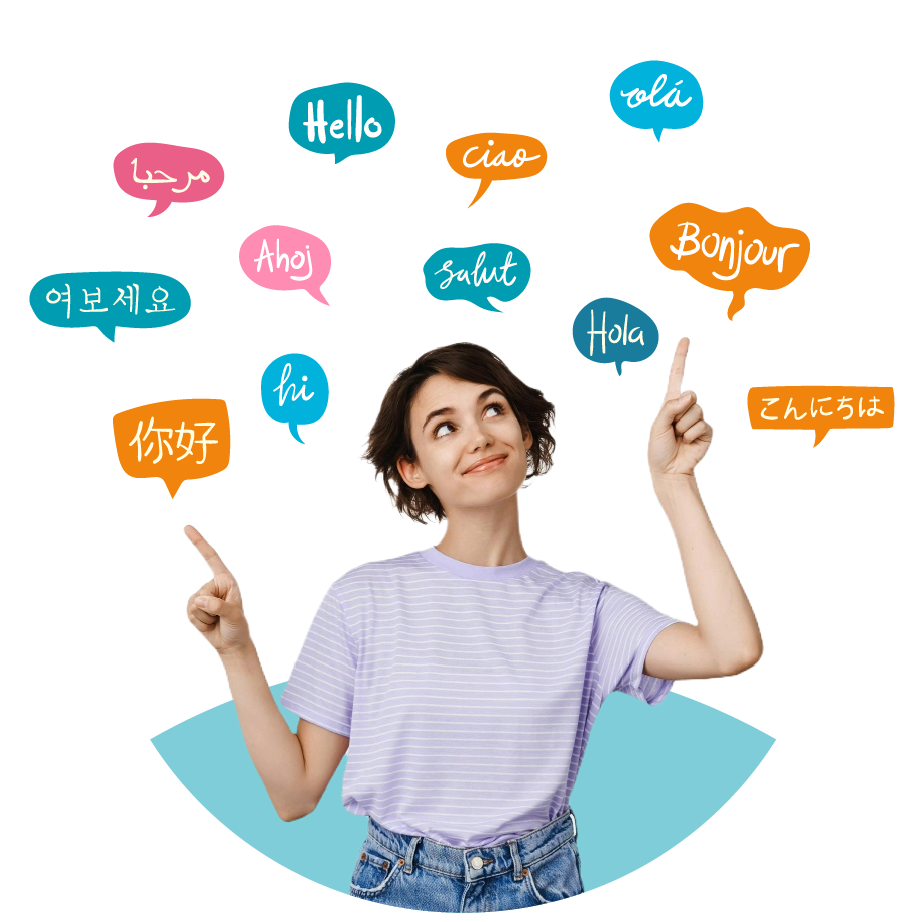
Why Choose Optimational?
NATIVE
TRANSLATORS
We work with native translators of the target language to make sure
that your content sounds natural and engages audiences.
DATA
SECURITY
Audio transcriptions
in a wide range
of languages
provided by worldwide
native transcriptionists.
INTERNATIONAL TRANSCRIPTIONISTS
We have rigorous
quality control processes to ensure that
your translations and localisations are unique, accurate, and high-quality.
GROWTH
MANAGEMENT
A growth manager will work with you from start to finish, maintaining a proactive approach to meet your international business goals.
Looking for More Multilingual Solutions?
Translation Integrations to Maximise Efficiency and Quality
- Enhance Efficiency: Effortlessly connect and collaborate within your existing systems.
- Boost Productivity: Seamlessly transfer data and streamline processes for quicker results.
- Save Time: Eliminate manual data entry and reduce duplication efforts.



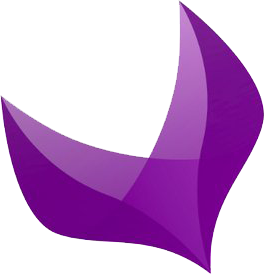

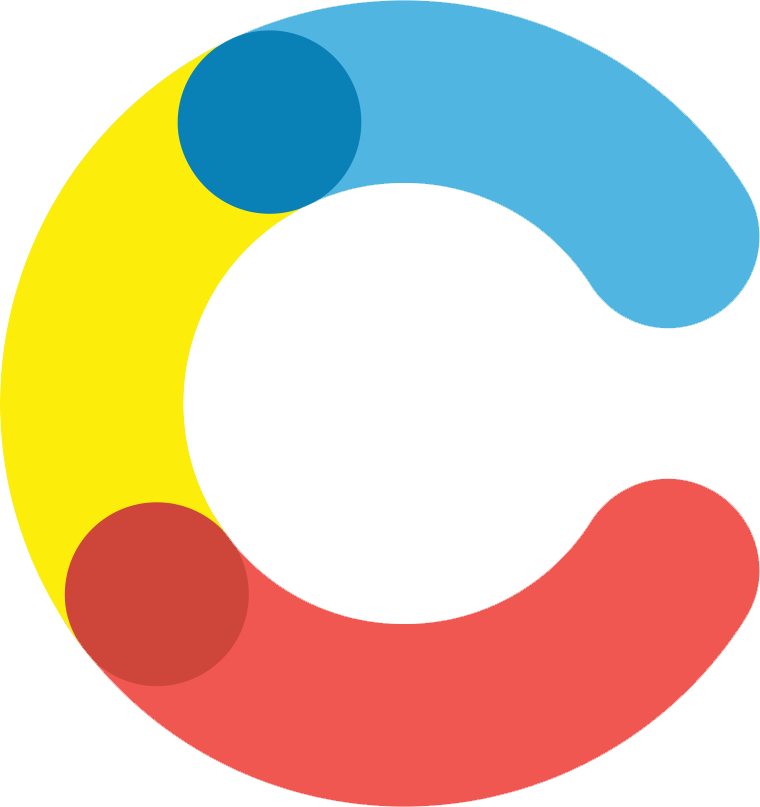
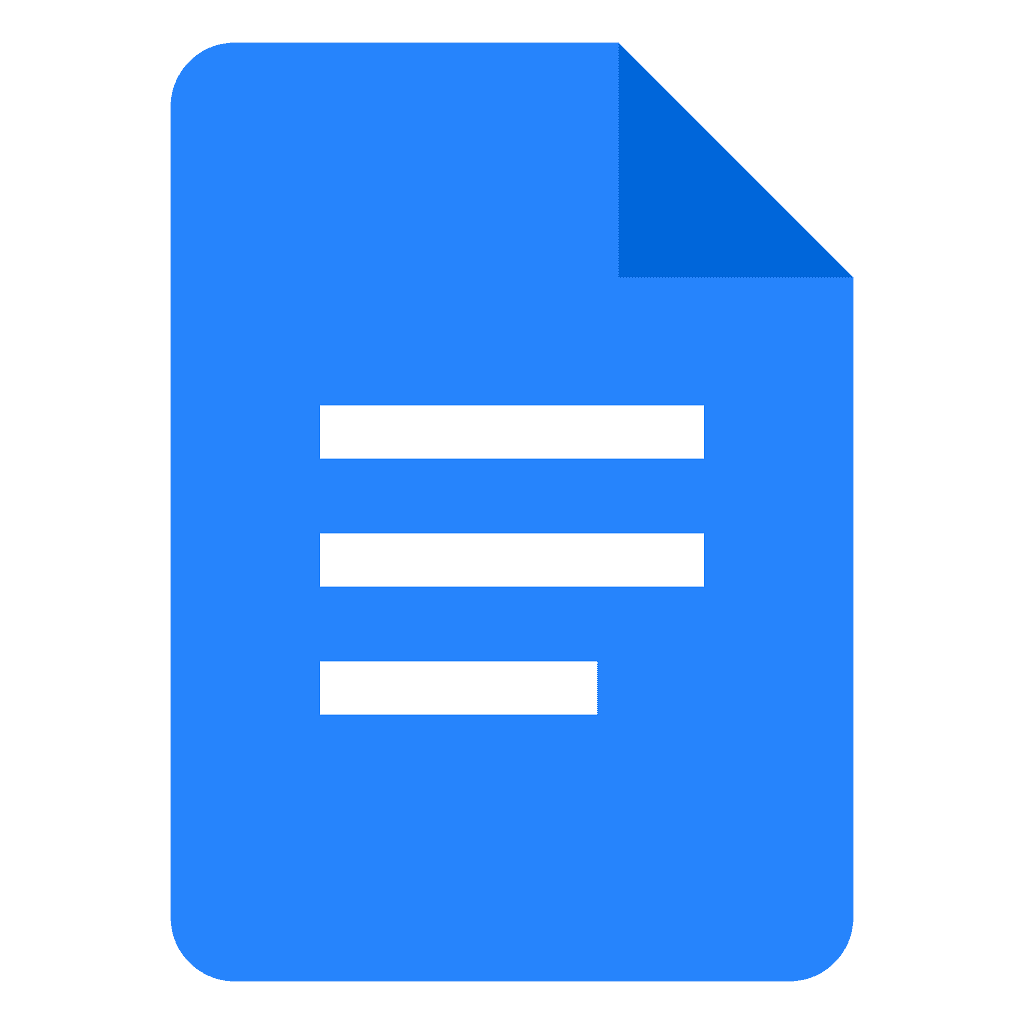





Translation and Localisation
Frequently Asked Questions
Language localisation (L10N) refers to the process of adapting a message or product—such as apps, games, websites, digital platforms, video games, and more—and making it linguistically and culturally appropriate for its use by new audiences.
Additionally, localisation can be done for markets in a different cultural context or a different language. If the language is different, translation will be the first step of the process and localisation will follow
-
Human Resources Translation: Employee manuals, benefits plan, training programs and videos, surveys, etc.
-
Legal Translation: Contracts, birth certificates, agreements, and more.
-
Financial Translation: Banking-related papers, insurances, crypto translation, etc.
-
Marketing Translation: Brochures, booklets, content marketing, social media, email marketing, ads, etc.
-
Scientific Translation: Patents, papers, journal articles, etc.
-
Technical Translation: Product catalogues, IT documentation, product manuals, etc.
-
Website Translation: Website information, services, videos, graphics, blog content, etc.
-
First, improve international companies’ brand image. Every company with a global presence must consider all the countries targeted. Translation services will allow you to successfully communicate your company’s purpose and values and to create consistent corporate cultures.
-
Second, engage new audiences. If you translate content into a new language, more people can interact positively with the brand, service, or product.
-
Third, close deals with potential customers. Translating business agreements or contracts into the language of the people you are negotiating with can make them feel valued and considered.
-
Fourth, boost customer satisfaction. By creating content tailored to a new market, audiences will resonate with the local culture.
-
Fifth, boost your SEO results. Translation services will help your company build an international presence and gain credibility as a global business.
-
User Guides
-
Technical Manuals
-
Financial Documents
-
Marketing Content
-
Online Help System
-
Purchasing of equipment or machinery from a foreign supplier. In this case, documentation of the internal processes is necessary to purchase the product.
-
Selling services and products abroad and providing prospective buyers with the necessary documentation in their language.
-
Having a specialised site or technical text.
-
Language Pair. That is, the source and target language.
-
Workflow. It includes the number of linguists involved, the nature of the task, etc.
-
Deadline. If the translation is urgent and needs to be done overnight or over the weekend.
-
Translation Scope. If the document requires a sworn translator or if it includes industry-specific terminolog
Machine translation is a useful resource that continues to improve each day thanks to the use of AI. But that does not mean you should use machine translation without revision.
Machine translation can be sloppy if not verified by a human. Human translators can understand
the context in which the target language is used, and they can dig deeper to understand the true meaning of the content. In other words, professional translators can make informed decisions on how to translate.
This means that the results of human professional translation services are culturally sensitive translations that successfully reach new audiences. Translators put their creativity and imagination
into action to achieve texts, videos, marketing campaigns, and manuals that capture the original meaning and convey the message intended in a new text.
Thus, machine translation is a great resource but should be combined with professional translation services.
-
Regulatory Requirements
-
Technical Requirements
-
Terminology
-
Business Practices
-
Message
-
Visual Elements (Symbols, Icons, Graphics, Colours)
-
Currencies
-
Units of Measurement
Our Latest Blog Posts

Language Selection: Essential Considerations for Your Localisation Strategy
Explore how to choose the right languages for your localisation strategy to connect deeply with international audiences and expand your reach.
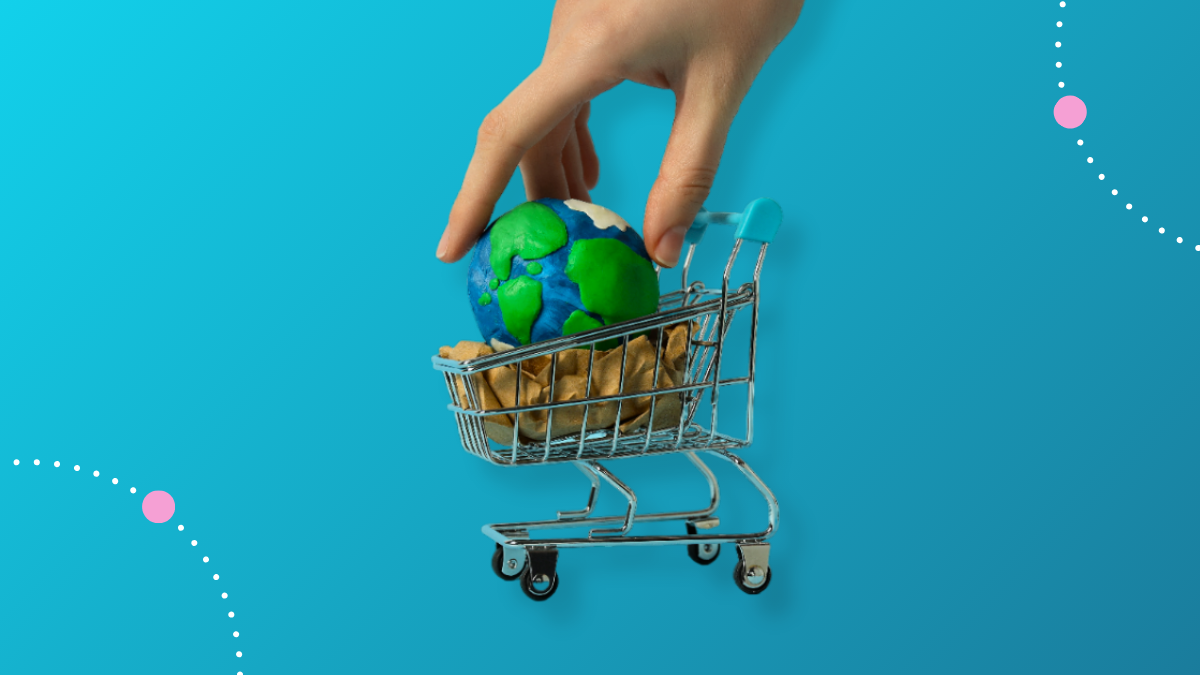
Global eCommerce Strategies for Customer Confidence
One of the biggest concerns people have about shopping online is their security. It’s essential for businesses to make sure their customers feel safe and protected when shopping online, especially when selling to international customers.

Speech Recognition Vs Human Transcription: Which One Best Suits Your Needs
Explore how eCommerce localisation can unlock the Baltic market potential, enhancing customer experience and driving growth in Estonia, Latvia, and Lithuania.